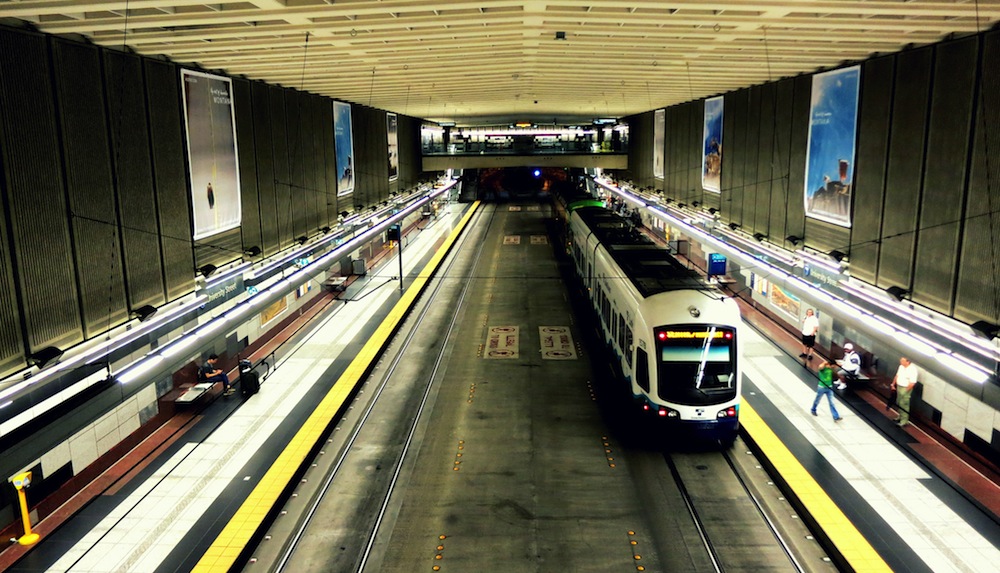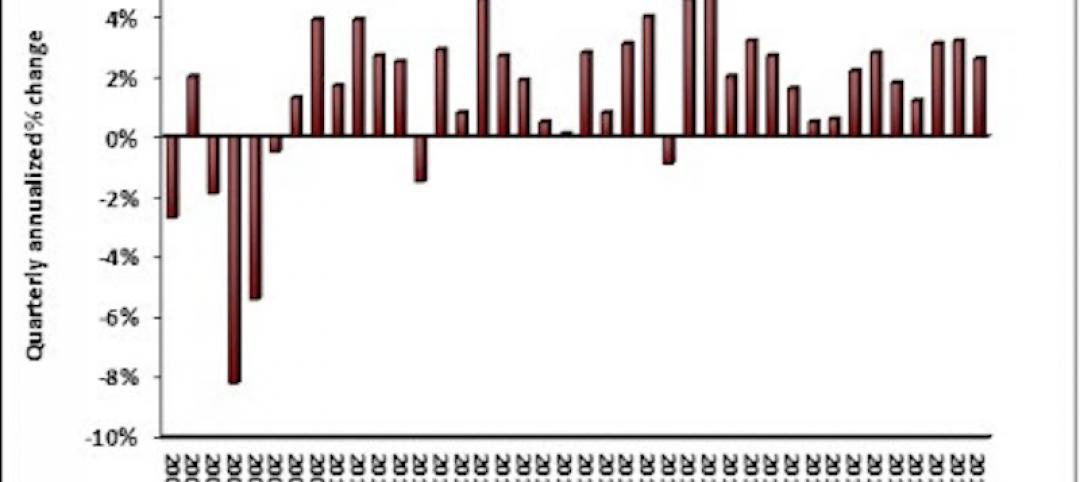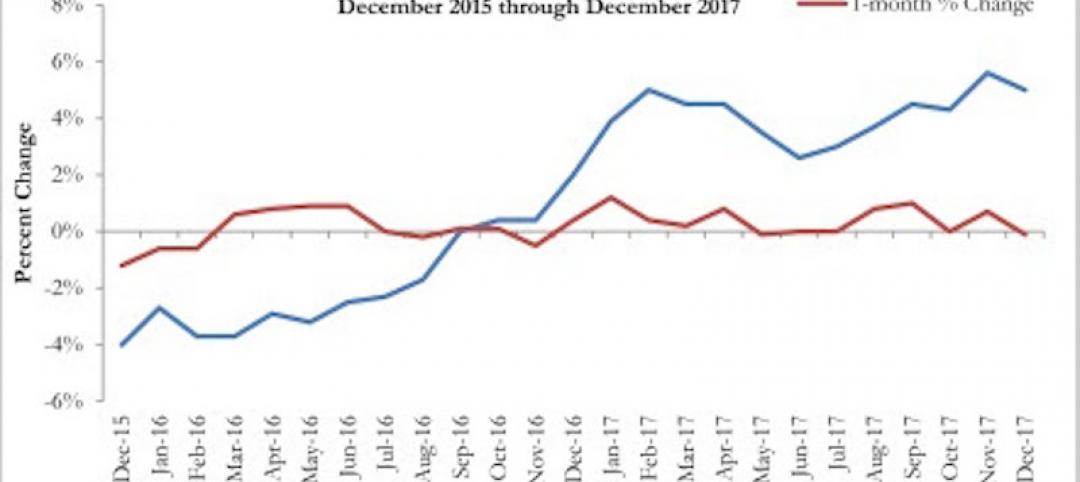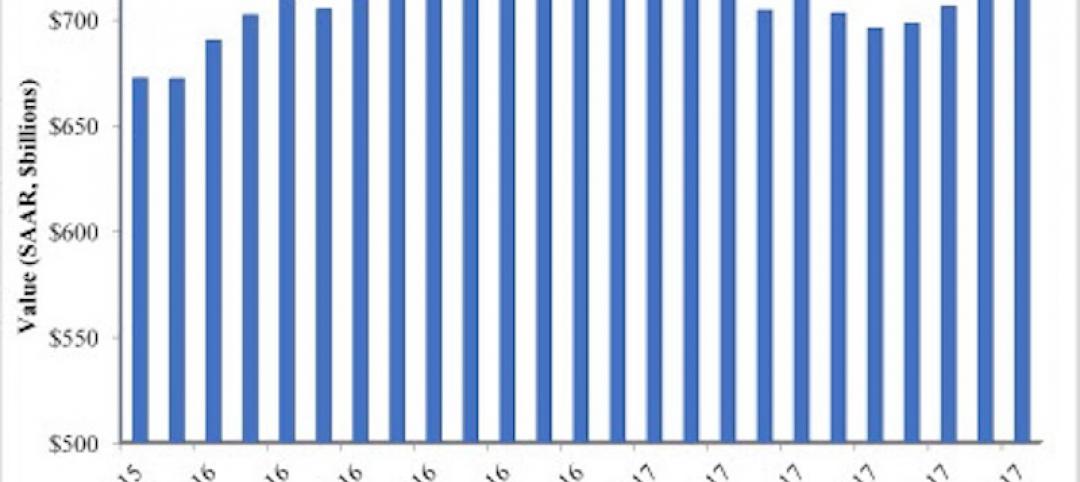The American Institute of Architects (AIA) today announced the publication of a white paper on the nation’s $3 trillion public infrastructure crisis and how public private partnerships (P3) offer a possible solution.
The AIA also announced that it was co-sponsoring with Governing Magazine the May 12 Summit on Infrastructure & Public Private Partnerships, a conference geared for state and local government officials tasked with updating their infrastructure, but who lack the means to do so.
“Building-Up: How States Utilize Public-Private Partnerships for Social & Vertical Infrastructure,” chronicles the public infrastructure crisis facing the United States and how states have found themselves facing sizeable budgetary shortfalls amid a stock of aging highways, public buildings and water distribution systems.
Through case studies, the white paper cites examples of innovative solutions used by the states and localities to combat this crisis while capitalizing on the P3 model for a variety of infrastructure needs. It includes a map highlighting a number of the current non-transportation P3s from around the country.
To help government optimize the value of P3 and its long-term quality implications, the AIA is co-sponsoring with Governing Magazine the May 12 Summit on Infrastructure & Public Private Partnerships (P3), a conference geared for state and local government officials tasked with updating their infrastructure.
A recent study by Governing Magazine found that half of all state and local leaders surveyed believe that a lack of infrastructure investment is their most significant financial problem. The summit will address the needs of local officials contemplating major infrastructure projects and who are trying to decide if a P3 is suitable for their jurisdictions.
Among the topics to be addressed:
- Evaluating, pricing and managing risk
- Defining clear project goals and cost projections
- Insights from industry experts on life-cycle cost considerations and private sector equity
- Case Studies - Public sector leaders who have implemented P3 will share lessons learned and tips for success
While P3 is a financing concept gaining popularity worldwide, it is under-utilized in the U.S., relative to other countries, according to Governing. The single biggest barrier is a lack of public-sector expertise in negotiating what can be complex, long-term agreements that assume risk on behalf of taxpayers. This Summit will share best practices, lessons learned and case studies that will help governments negotiate successful agreements and common pitfalls.
Related Stories
Industry Research | Apr 8, 2019
New research finds benefits to hiring architectural services based on qualifications
Government agencies gain by evaluating beyond price, according to a new Dodge survey of government officials.
Office Buildings | Jul 17, 2018
Transwestern report: Office buildings near transit earn 65% higher lease rates
Analysis of 15 major metros shows the average rent in central business districts was $43.48/sf for transit-accessible buildings versus $26.01/sf for car-dependent buildings.
Market Data | May 29, 2018
America’s fastest-growing cities: San Antonio, Phoenix lead population growth
San Antonio added 24,208 people between July 2016 and July 2017, according to U.S. Census Bureau data.
Industry Research | Jan 30, 2018
AIA’s Kermit Baker: Five signs of an impending upturn in construction spending
Tax reform implications and rebuilding from natural disasters are among the reasons AIA’s Chief Economist is optimistic for 2018 and 2019.
Market Data | Jan 30, 2018
AIA Consensus Forecast: 4.0% growth for nonresidential construction spending in 2018
The commercial office and retail sectors will lead the way in 2018, with a strong bounce back for education and healthcare.
Market Data | Jan 29, 2018
Year-end data show economy expanded in 2017; Fixed investment surged in fourth quarter
The economy expanded at an annual rate of 2.6% during the fourth quarter of 2017.
Market Data | Jan 25, 2018
Renters are the majority in 42 U.S. cities
Over the past 10 years, the number of renters has increased by 23 million.
Market Data | Jan 12, 2018
Construction input prices inch down in December, Up YOY despite low inflation
Energy prices have been more volatile lately.
Market Data | Jan 4, 2018
Nonresidential construction spending ticks higher in November, down year-over-year
Despite the month-over-month expansion, nonresidential spending fell 1.3 percent from November 2016.
Market Data | Dec 14, 2017
ABC chief economist predicts stable 2018 construction economy
There are risks to the 2018 outlook as a number of potential cost increases could come into play.

















